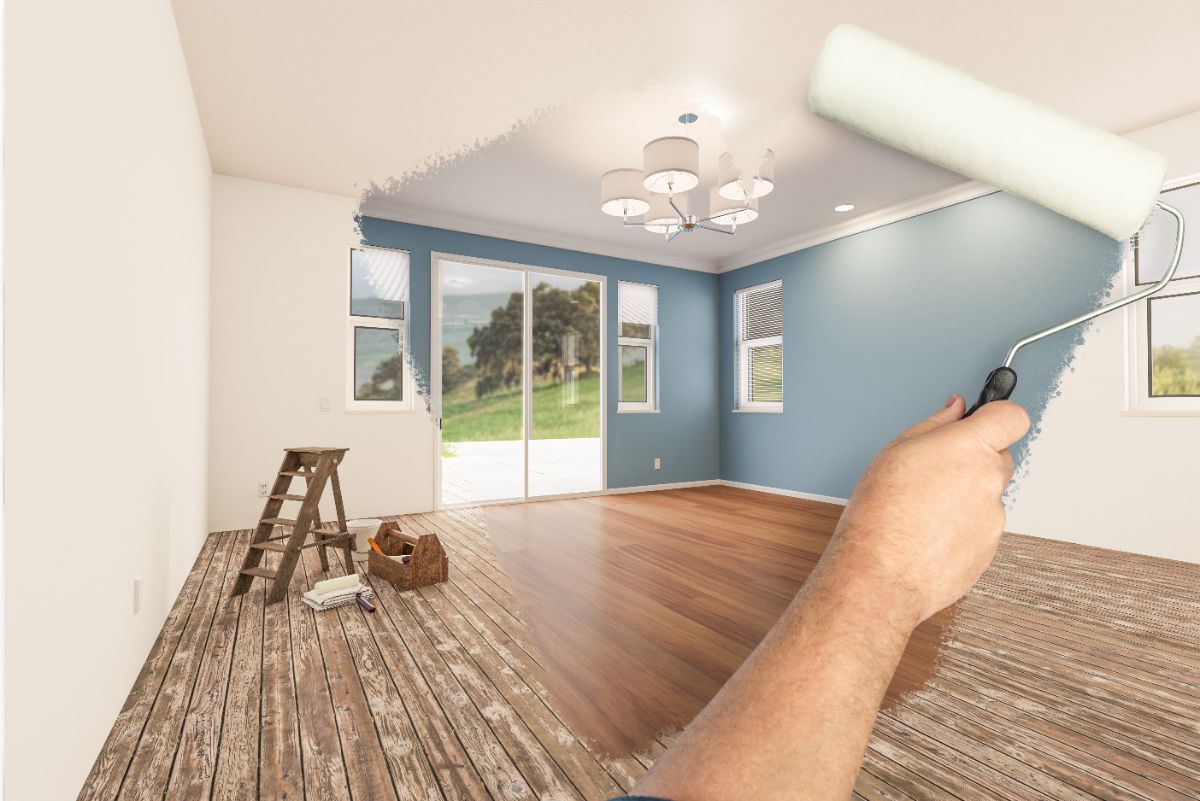Back to Blog
How to Choose the Perfect Paint Color for Your Home
3/15/2023Todd Thompson
Color Selection

Selecting the right paint color can be overwhelming. In this guide, we share professional tips for choosing colors that complement your space and reflect your personal style.
Selecting the right paint color can feel overwhelming—but it doesn’t have to be. Whether you're doing a full home makeover or simply refreshing a single room, choosing a paint color is one of the most important steps in creating a space that feels uniquely yours. Here’s a complete guide to help you choose paint colors like a pro, ensuring they complement your space and reflect your personal style.
1. Start With Inspiration
Before grabbing swatches or heading to the hardware store, gather inspiration. Browse through Pinterest boards, interior design magazines, or even take note of colors in nature or your favorite cafes and hotels. Create a mood board or a collection of photos that evoke the feeling you want in your space.
Ask yourself:
Do I want something calming and serene?
Bright and energizing?
Warm and cozy?
The feeling you want your space to have will guide the palette.
2. Consider the Room’s Lighting
Lighting plays a huge role in how paint colors appear. The same shade can look drastically different depending on the natural and artificial light in the room.
North-facing rooms tend to bring out cooler tones. Consider warmer shades to balance the light.
South-facing rooms offer lots of warm light, making most colors appear brighter.
East-facing rooms have warm morning light and cooler tones in the afternoon—great for soft pastels or warm neutrals.
West-facing rooms glow warmly in the afternoon, so deeper or earthy tones work well.
Always test samples on different walls and observe how they look throughout the day.
3. Start with Neutrals and Build Around Them
Neutral tones—grays, beiges, whites, and soft earth tones—are a great starting point. They create a timeless backdrop and offer flexibility as your décor changes.
Once you have your neutrals down, you can introduce bolder colors as accents—through a feature wall, furniture, or accessories.
4. Test Before You Commit
Buy sample pots of your top three or four choices and paint large swatches on your walls. Look at them in the morning, afternoon, and evening to see how the color behaves in different lighting conditions. Consider painting a piece of cardboard that you can move around the room, especially if your walls are already a strong color that might affect perception.
5. Complement the Fixed Elements
Take into account the elements that won’t change—flooring, countertops, tiles, and major furniture pieces. The undertones of your paint color should harmonize with these fixed features.
For example:
If your kitchen cabinets have a warm wood finish, opt for warmer wall colors.
Cool gray tiles in the bathroom? Try blues or soft greiges that align with the cool tones.
6. Think About Flow Between Rooms
Especially in open-plan layouts or small homes, your paint colors should feel cohesive. Choose colors that flow naturally into one another, even if they’re not all the same.
A good trick is to use a consistent base tone throughout the house (like the same shade of white or neutral), and then add accent colors per room for personality.
7. Use Color Psychology
Colors affect how we feel. Here’s a quick breakdown of what different hues can do:
Blues & Greens: Calming, great for bedrooms and bathrooms.
Yellows & Oranges: Energetic, perfect for kitchens or creative spaces.
Grays & Taupes: Elegant and versatile, great for living rooms or hallways.
Whites & Creams: Clean and fresh, perfect for making spaces feel larger.
Darker shades: Cozy and dramatic, ideal for dining rooms or media rooms.
8. Don’t Forget the Finish
The sheen or finish of the paint affects how the color appears:
Flat/Matte: Great for hiding imperfections, but harder to clean.
Eggshell: Slight sheen, easy to clean—perfect for living areas.
Satin: Durable and smooth, good for kitchens, bathrooms, and kids’ rooms.
Semi-gloss & Gloss: Shiny and washable, best for trim, doors, and cabinetry.
9. Trust Your Gut
Sometimes the best color for your home is the one you just love. Don’t be afraid to break the rules if you find a color that makes you feel happy every time you walk into the room.
10. Get Expert Help if Needed
Still unsure? Many paint stores offer in-house color consultants, and even a one-hour consultation can give you clarity. You can also use virtual paint tools or apps to test colors in a digital version of your room.
Final Thoughts
Choosing the perfect paint color doesn’t have to be stressful. With a little planning, testing, and confidence in your personal style, you can create a space that’s both beautiful and uniquely yours. Happy painting!
Todd Thompson
Professional Painter at Blueprint Painting
